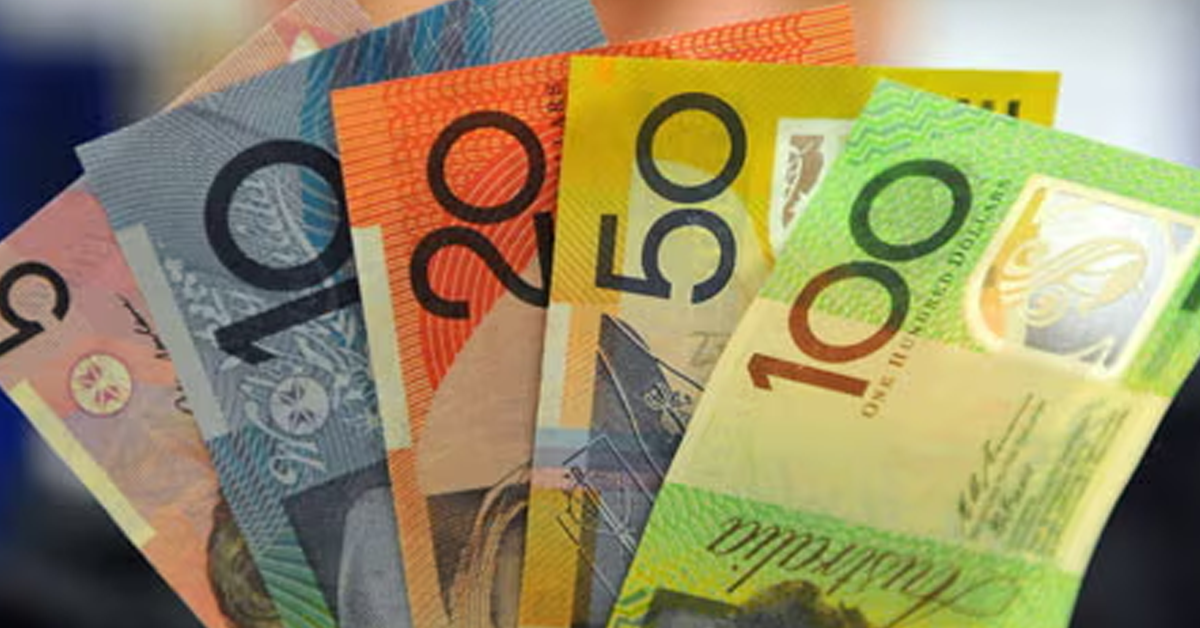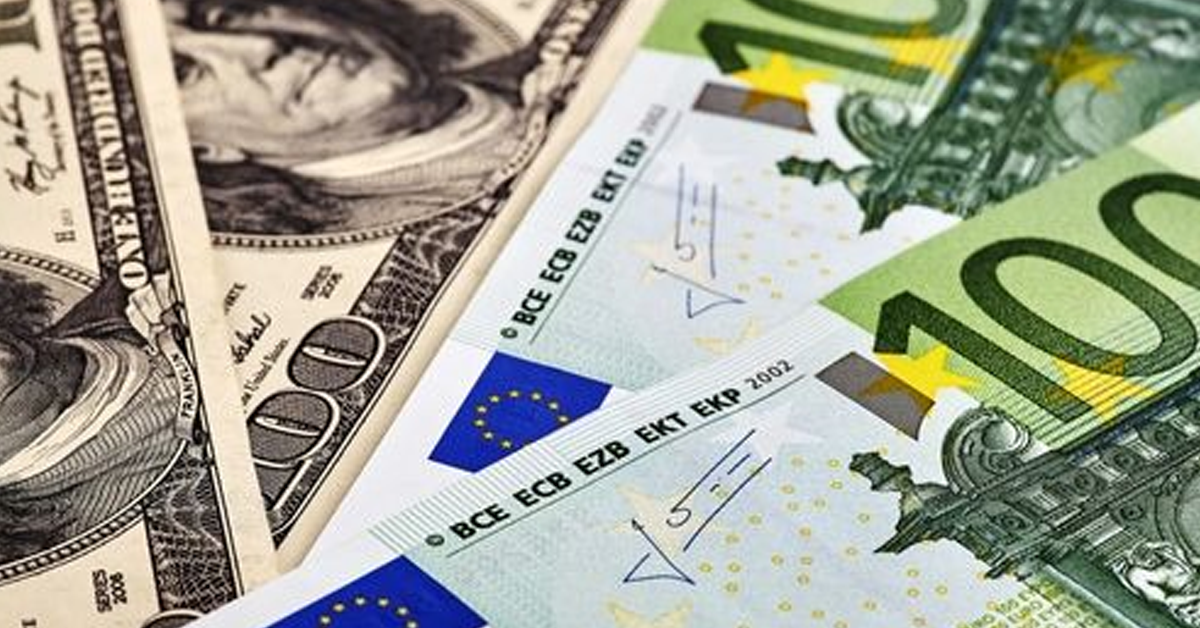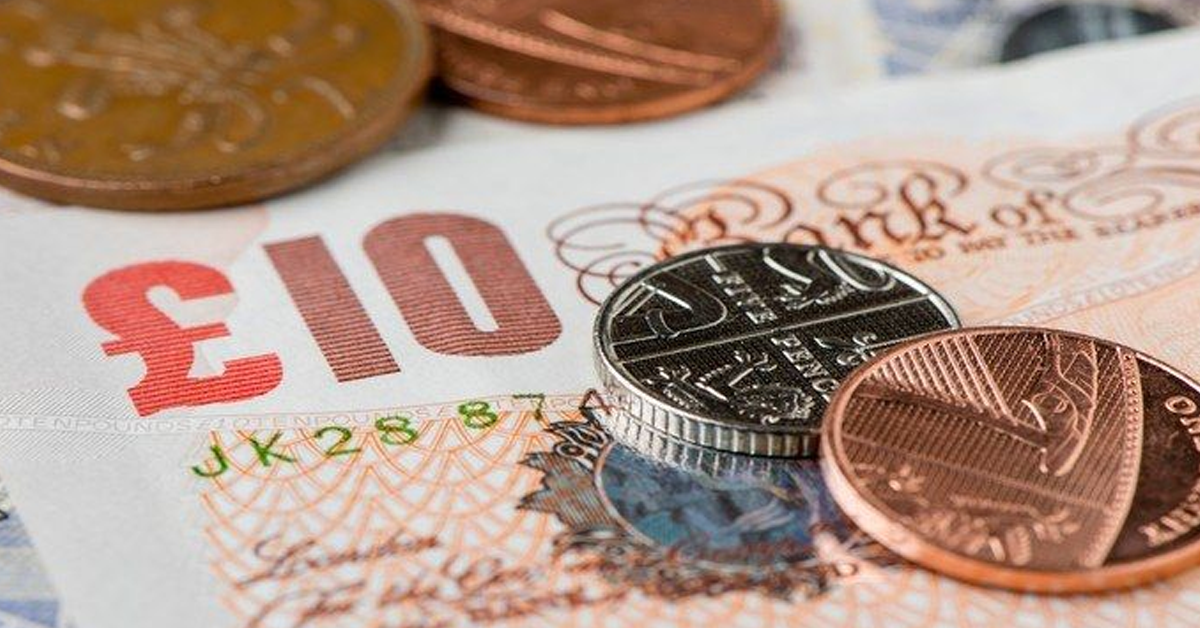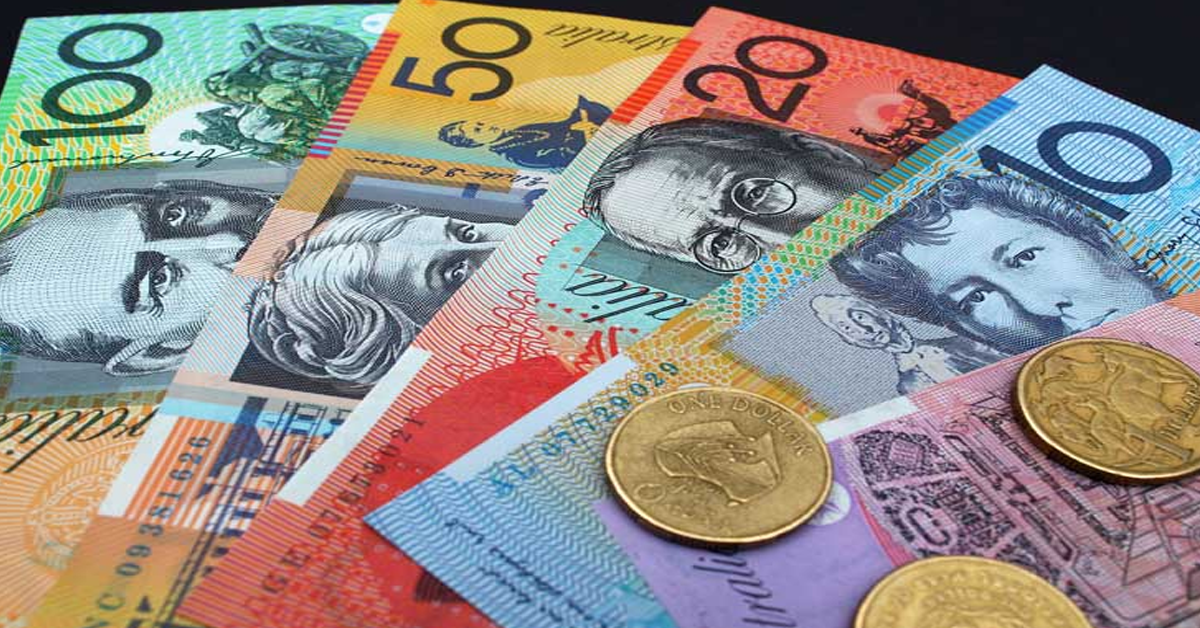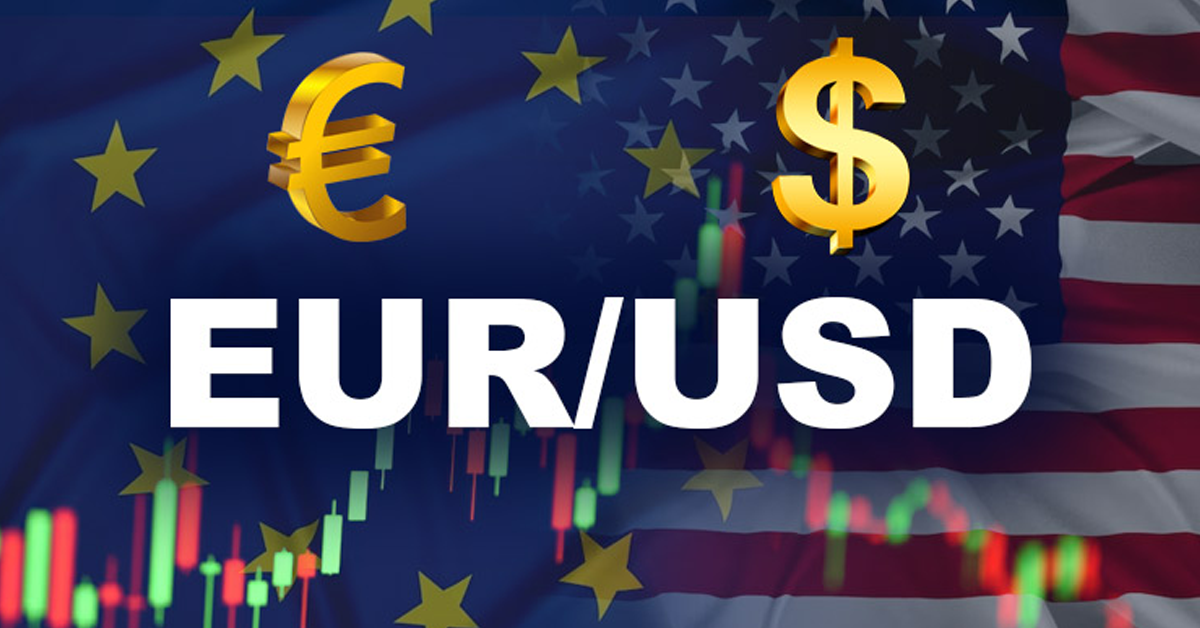Gold Gains on Risk Aversion and Slight Decline in US Dollar Before American Economic Reports
On Thursday, gold prices saw a notable recovery, clawing back much of the losses experienced earlier in the week and stirring interest among investors. Despite this rebound, gold has remained within a well-trodden range as the market’s attention is fixed on potential new drivers that could shape the next significant price movement. Investors are particularly focused on the upcoming release of the US Core Personal Consumption Expenditure (PCE) Price Index. This key inflation indicator, due on Friday, could provide insights into the Federal Reserve’s next moves and is expected to be a critical determinant of gold’s short-term price direction.
Gold’s appeal as a non-yielding asset means its prospects are closely tied to monetary policy expectations and economic indicators. With speculation mounting that the Federal Reserve may soften its aggressive monetary stance by early next year, the US Dollar has weakened, inadvertently providing a boost to gold prices. Market forecasts now suggest a heightened probability that the Fed could begin reducing interest rates as soon as March 2024. These predictions have gained traction following a dip in US Treasury yields, which recently hit a multi-month low, signaling investor caution and a potential shift in the economic landscape.
The precious metal’s recent gains are also being attributed to a broader shift in market sentiment, with investors displaying risk aversion ahead of significant US economic data releases. The forthcoming reports, including the final third-quarter Gross Domestic Product (GDP) figures, Weekly Initial Jobless Claims, and the Philadelphia Federal Reserve’s Manufacturing Index, are anticipated during the North American trading session. These reports are expected to shed light on the health of the US economy, influencing the risk calculus for investors and potentially bolstering gold’s position as a safe-haven asset.
This complex interplay of anticipated policy shifts, economic data, and market sentiment is forming a crucible for gold prices, which are sensitive to both actual economic conditions and investor expectations. The yellow metal’s trajectory in the near term is likely to reflect the balance of these factors as investors navigate through an environment of heightened economic uncertainty and shifting policy landscapes.

